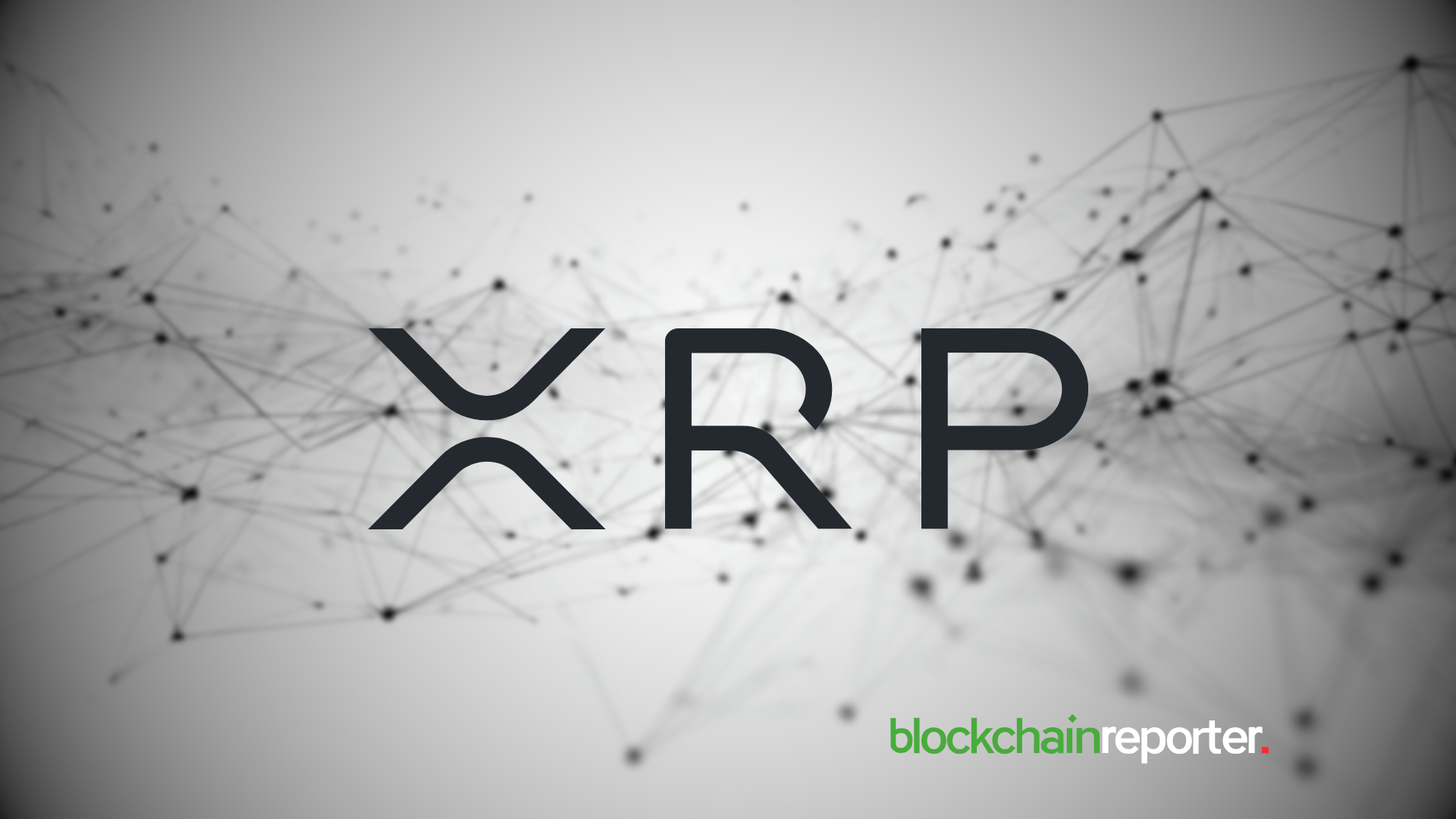How Mimblewimble Reinvents Blockchain Privacy



Introduction
Man’s pursuit of progress has remained linked with pursuit of privacy. Whether it was military correspondence or top-secret government affair, the authorities always pondered over who should be excluded and who included in the sharing of information. The same goes for financial matters. Specifically, after the advent of Bitcoin in 2008, monetary transactions have been concealed. Yet, there were certain aspects that were not as private as the participants desired. Mimblewimble is targeted to enhance privacy while retaining transparency and fairness in the blockchain technology .
What is Mimblewimble?
Mimblewimble is an innovative design for a blockchain network, and it defines methods and designs for how a blockchain would create, verify and store a transaction with special focus on privacy. What makes this model different from Bitcoin, which was already a groundbreaking idea, is that Mimblewimble hides identity and amount of a transaction while Bitcoin keeps this information public.
At first glance, it might sound shocking to readers that Bitcoin reveals the identity of the person behind a particular transaction. However, Bitcoin blockchain only reveals the wallet address and transaction amount. With all the transaction activities, their timings and patterns, authorities sometimes reach the real person by using KYC on centralized exchanges and IP data linked to locations.
Origin of Mimblewimble
Emerging in mid-2016, the Mimblewimble protocol was introduced by a creator known only by the pseudonym Tom Elvis Jedusor. The initial release of documentation left some questions unanswered. Later, Andrew Poelstra from Blockstream accepted the task of addressing these unresolved issues. He improved the protocol and expanded its conceptual framework considerably. Building on these advancements, Poelstra wrote an extensive paper titled “Mimblewimble.” This work provided a thorough explanation of the protocol. The paper was released to the public in October 2016.
How Mimblewimble Works
Core ideas that drive Mimblewimble ahead are confidential transactions, aggregated blocks, and the ability to prune past data without losing verifiability. As stated earlier, Mimblewimble blockchain does not have user-linked wallet addresses that could help anyone reach the real-life sender or receiver. Instead of traditional blockchain design, MW uses short interactive protocol to exchange cryptographic commitments. Combined with partial signatures, the commitment and communication between the parties stands as a proof that the transaction has happened. The consensus mechanism on the blockchain makes sure that the transaction amount is non negative and within valid limits. Once the transaction is added as a block, the amount is hidden but stays verifiable.
Multiple transactions within a block are aggregated into a single combined structure which allows identical intermediate input and output pairs to be removed. Consider the following example. Anna receives 5 MW coins from her mom and 5 from her dad. Then, she sends those 10 coins to John. The transactions are verified, but their details are not public. The only thing John knows is that Anna sent him 10 coins, but he cannot tell who previously sent those to Anna.
Privacy Mechanisms and Their Implications
The Mimblewimble design incorporates and builds upon the concept of Confidential Transactions (CT), which was introduced by Adam Back in 2013 and developed further by Greg Maxwell and Pieter Wuille. CT is a privacy feature that conceals the amounts involved in blockchain transactions.
There are three properties in Mimblewimble design that guarantees added privacy. Simple address-based likability is absent because there are no persistent wallet addresses. Secondly, third party cannot see the value flow from the transaction due to confidential transaction mechanism. Aggregation and cut through (as is evident from the example of John and Anna above) reduce the transaction details in such a way that historic records are not visible.
Mimblewimble and Token Fungibility
Simply speaking, fungibility means that all tokens on a blockchain are equal in value. On Bitcoin blockchain, many tokens are tainted. It means that they were once used in criminal activities. Now these tainted tokens are not accepted by anyone, not even by exchanges. On the other hand, Mimblewimble guarantees fungibility. Mimblewimble blockchain analysis is far harder than that of other blockchains. It is rare for a token to be tagged as tainted. Thus, all tokens remain fungible.
Merits of Mimblewimble
The first advantage of Mimblewimble blockchain design is that it reduces the block size. Data compression capabilities is a reimagined convenience for nodes that can verify transactions faster now. It is easier for new nodes to download and synchronize with a MW blockchain using fewer resources than are required on traditional blockchains.
Scalability is the second advantage of Mimblewimble blockchain. A network need not quit its parent blockchain to move to MW. As a sidechain solution, MW can be attached to Bitcoin or any other chain for scalability solution. You can understand scalability as an extra lane on an expressway that is struggling to manage the heavy flow of traffic on its own.
Moreover, privacy and fungibility as chief benefits of Mimblewimble have already been discussed in the earlier section of the article.
Limitations
Transaction throughput is the most glaring disadvantage of Mimblewimble design. Throughput refers to the number of transactions processed per unit time, usually transactions per second (TPS). Confidential transaction mechanism reduces the speed of transactions. This is because of the added layer of security.
Mimblewimble system is not resistant to quantum computers. However, this disadvantage is almost nit picking as it is a flaw that is shared by modern cryptography on the whole. Many sites mention it as a demerit due to the fact that since MW is an advanced version of blockchain technology, it should have incorporated a security layer that could make it invulnerable to quantum computers. The flaw becomes insignificant also because even the latest quantum computers are not powerful enough to do any harm to older blockchains, let alone Mimblewimble.
Conclusion
In a nutshell, Mimblewimble is an advanced form of blockchain technology with added privacy, data compression and fungibility of tokens. In addition to being a standalone option, projects may also use it as a scalability solution to draw the benefits of MW while originally remaining on the parent chain.

Ripple Tops Fundraising with $500M as Investors Pump $790M into Crypto
Ripple leads with $500M and Lava $200M in fundraising as investors pour roughly $790M into payments,...

XRP Eyes $1.90 Entry, Analyst Says $6 Target Possible if Bull Momentum Holds
Ali Martinez says $XRP may offer a buy at $1.90 before rallying to $6, citing technical setups, easi...

The Milk Mocha ($HUGS) Whitelist Closes in Record Time: Fans Now Flock to the Cutest Crypto Presale of 2025!
Experience the $HUGS whitelist sellout and presale launch! Earn 60% APY, explore NFTs, and join Milk...

